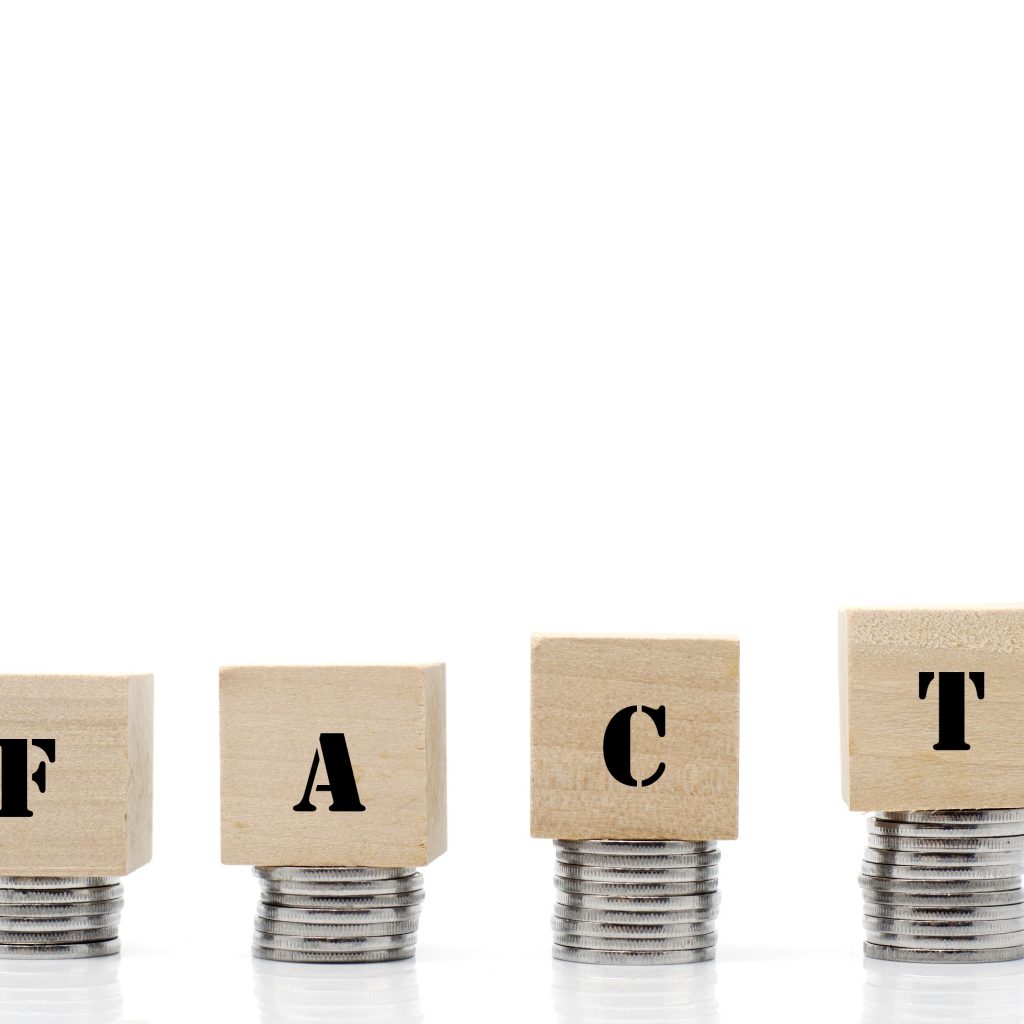
About $1.6 trillion is laundered around the world. Money laundering is illegal but common in many industries, including real estate. It takes “dirty money” or “hot money” that comes from a crime and launders it to hide its origin. Once the money has been cleaned, it can re-enter the economy. The original criminals can use the funds for any purpose without raising any suspicion. How does money laundering work in real estate?
Three Stages of Money Laundering
There are three stages of money laundering to clean and re-introduce it into financial systems.
Placement
The first phase is to take the illicit gains from the illegal activity and deposit it into a bank account. This stage is the most difficult for criminals because U. S. banks must report any transaction over $10,000.
Layering
The second phase is to hide where the money came from through many confusing, seemingly purposeless, transactions.
Integration
After the money launderer has hidden the origin of the funds, now he or she can withdraw the money and spend it freely.
Hypothetical Real Estate Money Laundering Example
Criminals can buy real estate property in cash. They can hold onto the property and then sell it. The proceeds seemingly come from a legitimate source – the sale of the property. Money launderers can buy and sell properties in quick succession to further hide the trail. Their purpose is not to turn a profit from these sales, but rather have enough movement that the original source of the money is hidden deep within the transactions.
Alternatively, money launderers can keep the property and pretend to receive rental income from it. The criminal pays the monthly rent with illicit funds, making the rental income appear legitimate.
In both cases, money launderers likely buy the property through shell companies. Most real estate agents are limited with how thoroughly they can vet the legitimacy of a corporation. Moreover, if the shell company is from another country, investigators may have difficulty tracing the money as well.
How is money laundering prevented?
There are many systems in place that prevent money laundering. For example, U.S. law requires banks to flag any suspicious monetary transaction, such as deposits over $10,000. Additionally, anti-money laundering procedures hold banks responsible for recording wire transfers as well as filing reports with the Financial Crimes Enforcement Network (FinCEN), a government bureau that is in charge of prosecuting financial crimes, if they suspect money-laundering.
For example, according to FinCEN, a U.S. bank once reported that several real estate-related accounts were transferring funds for no apparent legitimate reason. These accounts had common account signers, and the businesses were all located at the same address.
The government will prosecute banks if they fail to implement federally mandated anti-money laundering programs. For example, in 2012, HSBC bank paid $1.25 billion in forfeiture and $665 million in civil penalties. HSBC faced a four-count felony criminal information, waived federal indictment, and has accepted responsibility for criminal conduct. By failing to put a sufficient anti-money laundering program in place, it allowed Mexico’s Sinaloa cartel and Columbia’s Norte del Valle cartel to launder $881 million into the United States.


